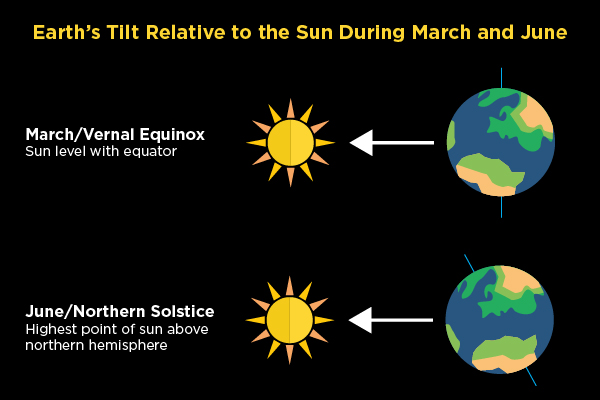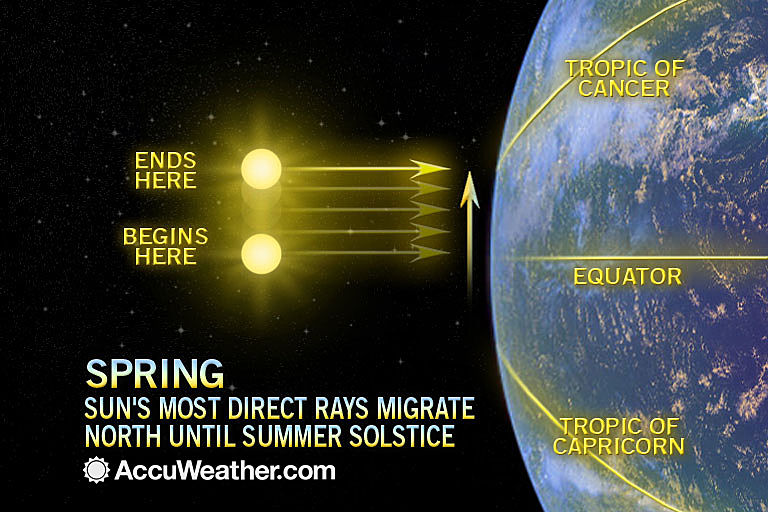

Due to time zone differences, locations ahead of UTC may celebrate the March equinox a day later, and locations behind UTC may celebrate it a day earlier.ĭates for the March equinox from 1 CE to 2149 6. Note: These dates are based on the time of the equinox in UTC. A March 19 equinox will be more frequent during the last decades of the century. In the 21st century, the March equinox has only occurred twice on March 21 – 20. Remember when spring equinox was celebrated on March 21? Well, remember again, because the last time that happened was in 2007 and the next time it will happen is in 2101!Ĭontrary to popular wisdom, the March equinox can take place on March 19, 20 or 21. This is because of the time zone difference.Įarth: The living planet 5. For locations that are 10 hours or more behind UTC, it will take place on March 19. In 2023, this was on March 20, at 21:24 UTC. What effect does Earth's axial tilt have? However, in reality, the equinox occurs at a specific moment in time when the Sun crosses the celestial equator, the imaginary line in the sky above Earth’s equator, from south to north.Īt this moment, Earth's axis is tilted neither away from nor towards the Sun, but is rather perpendicular to the Sun's rays, like the illustration shows. Many cultures around the world celebrate the whole day as the March equinox. Business Date to Date (exclude holidays)Īt the equinox, Earth's axis is perpendicular to the Sun's rays (not to scale).23 next year, but then it goes back to Sept. But the Earth's elliptical orbit around the sun makes it hard for the planet's position to conform to a fixed calendar - consequently, the autumnal and vernal equinoxes, as well as the winter and summer solstices don’t fall on the same day every year.

Meteorologists prefer a calendar in which the seasons start on the same days every year primarily because it can provide consistency in record-keeping. Last year, Austin had seven days with triple-digit temperatures. But if you look at just the data since 2000, as the effects of climate change have become more apparent, that annual average jumps to 35 with three of them in September. Looking at more than 120 years of data, Austin historically averages about 15 days of triple-digit temperatures each year with only one in September. The National Weather Service forecast for Austin calls for sunny skies on Thursday with a high of 102 and a high of 101 degrees on Friday. The city has already recorded 68 days of 100-degree weather, but temperatures in Austin are expected to return to triple digits. Yes, but it might not feel like it has - Austin has had an unusually hot and dry start to fall. Meteorologically speaking, fall is the months of September, October and November, yet September in Austin this year already has an average temperature of 83.5 degrees, which is about 1.5 degrees warmer than normal. More: Farewell flip-flops, hello pumpkin spice: The autumnal equinox is Wednesdayįor ancient societies, the autumnal equinox marked the end of summer and the vernal (or spring) equinox marked the end of winter, which helped people track time-sensitive activity, such as when to plant crops. According to the Farmers’ Almanac, the changing colors of the leaves on deciduous trees is actually triggered by the shorter days with reduced amounts of daylight. Each of those instances is an equinox, which is derived from the Latin words for equal (aequus) and night (nox).īut after the autumnal equinox, the northern hemisphere of the Earth begins to tilt away from the sun, so nights will get longer and days will grow shorter until the winter solstice, which will be on Dec.

But twice in the course of that yearlong trip around the sun, the Earth is not inclined toward or away from the sun. The Earth spins on a tilted axis, which means that as the planet orbits the sun, it is leaning toward or away from the sun - thus, giving us seasons. Clouds notwithstanding, Austin will get about 12 hours and 8 minutes of daylight. Thursday for those living in the Central time zone. Before we break out the pumpkin carving tools or go thrift shopping for Halloween costumes, here are five things to know about this annual astronomical event: 1. What is the autumnal equinox?ĭuring the autumnal equinox, the sun shines directly on the equator, and the northern and southern hemispheres get the same amount of rays. The alignment officially occurs this year at 8:03 p.m. For traditionalists who still use the sun to tell time, fall finally arrives Thursday with the autumnal equinox.


 0 kommentar(er)
0 kommentar(er)
